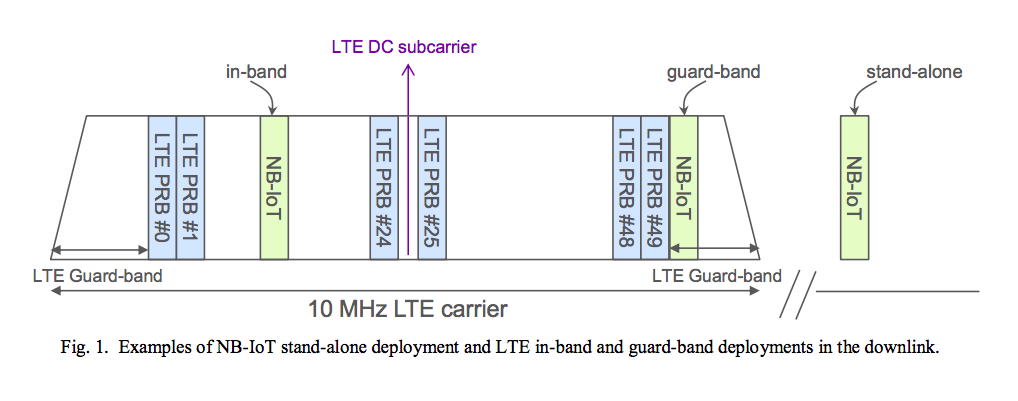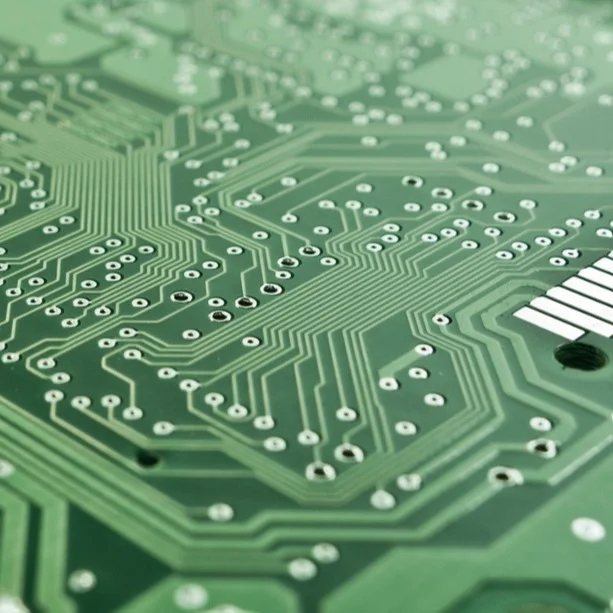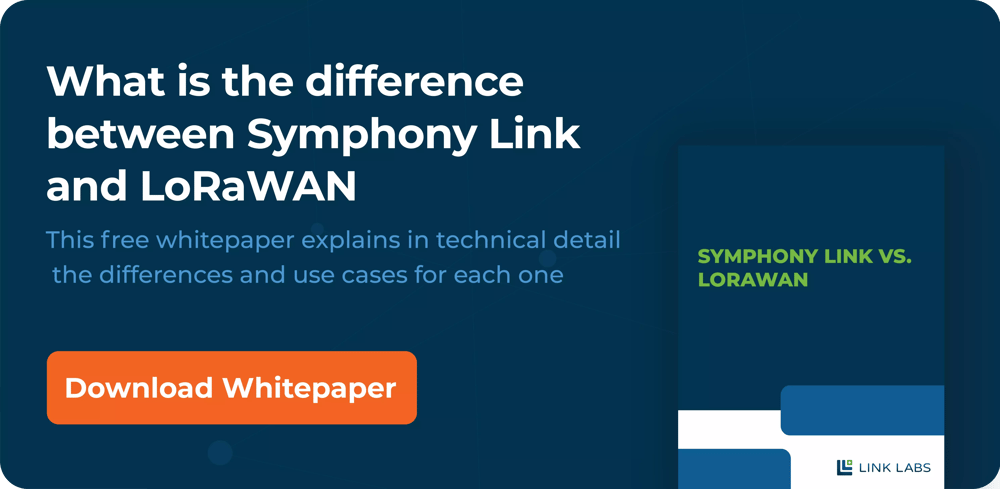While the number of connected devices continues to rise, the maturing wireless technologies that support them are also continuing to get a good deal of attention globally. NB-IoT (Narrowband IoT), LoRa, and Sigfox, all low-power, wide-area network (LPWAN) technologies, are often pitted against one another in what’s portrayed as a race to the top. But that’s not necessarily an accurate picture of the connectivity ecosystem. Each of these technologies (or at least LoRa and NB-IoT) will likely play an important role in the IoT space depending on the use case, so understanding the features and differences of each is critical.
Narrowband IoT
NB-IoT is the “clean sheet” initiative by the Third Generation Partnership Project (3GPP), the organization behind the standardization of cellular systems, to address the needs of very low data rate devices that need to connect to mobile networks, often powered by batteries. As a cellular standard, the goal of NB-IoT is to standardize IoT devices to be interoperable and more reliable.
Because NB-IoT is a cellular-grade wireless technology that uses OFDM modulation, the chips are more complex, but the link budgets are better. That means users get the high performance level associated with cellular connections, but at the cost of more complexity and greater power consumption.
NB-IoT is meant to be used to send and receive small amounts of data—a few tens or hundreds of bytes per day generated by low data-producing IoT devices. It is message-based, similar to Sigfox and LoRa, but with a much faster modulation rate that can handle a lot more data than those technologies. But NB-IoT is not an IP-based communication protocol like LTE-M (another LPWA cellular technology associated with IoT applications). You can’t actually connect to an IP network and expect to use it as you would with a smartphone. It was made for simple IoT applications and is more power efficient than LTE-M (which is better suited for higher bandwidth or mobile and roaming applications) but designed for more infrequent communication purposes.
Looking for help choosing the best wireless technology for your M2M application? Download our white paper to learn more about the benefits and drawbacks of each.
There are fascinating geo-corporate-political elements at play in the development of NB-IoT; for more on that read Nick Hunn’s excellent piece, NB-IoT is Dead. Long Live NB-IoT. Nick points out that the 3GPP specification for NB-IoT has two competing variants, Huawei/Vodafone vs. Ericsson/Nokia/Intel. Additionally, Ericsson has stated that older 4G infrastructure based on Alcatel will not be backwards compatible with NB-IoT. This means that thousands of base stations would have to be changed in the US for carriers to support NB-IoT. In light of that, most U.S.-based carriers will stick to LTE-M.
So NB-IoT will be for simple devices that need to connect to an operator network via licensed spectrum. It is currently being piloted and tested only in Europe, and is not widely available except through a small number of operators in Europe that are doing some trials. If you follow the company Sigfox, you will recognize this as the 3GPP community’s attempt to address the market space created by networks like Sigfox.
Read here for more information on the NB-IoT Physical Layer.
 Source: https://arxiv.org/pdf/1606.04171.pdf.
Source: https://arxiv.org/pdf/1606.04171.pdf.
NB-IoT is definitely a watch-and-see technology. To sum up the current situation:
The advantages of NB-IoT are:
If NB-IOT existed and was deployed:
- The coverage would be very good. NB-IoT devices rely on 4G coverage, so they would work well indoors and in dense urban areas.
- It has faster response times than LoRa and can guarantee a better quality of service.
The drawbacks of NB-IoT are:
- It is difficult to implement firmware-over-the-air (FOTA) or file transfers. Some of the design specifications for NB-IoT make it such that sending larger amounts of data down to a device is hard.
- Network and tower handoffs will be a problem, so NB-IoT is best suited for primarily static assets, like meters and sensors in a fixed location, rather than roaming assets.
LoRa
LoRa is a non-cellular modulation technology for LoRaWAN. (Just like BPSK or QPSK is the modulation of NB-IoT.) Those two terms—LoRa and LoRaWAN—are not interchangeable: LoRaWAN is the standard protocol for WAN communications and LoRa is used as a wide area network technology.
LoRa is used primarily in two ways:
- One is LoRaWAN, which has been deployed mostly in Europe. It has very small message capacity, as low as 12 bytes.
- Another is Symphony Link, which is a product of Link Labs. Symphony Link is a wireless system built on LoRa technology that is designed to overcome the limitations of a LoRaWAN system. It is often included as a component of more complex LoRa networking solutions, mostly in the U.S. and Canada, and is designed for industrial applications.
LoRa represents a good radio network for IoT solutions and has better link budgets than other comparable radio technologies. But outside of a few markets in Europe, if you want to connect to LoRaWAN networks—or use LoRa at all—you need to deploy your own network gateway.
That may seem like a downside, but it actually makes LoRa a good alternative to WiFi for low power devices that need to be connected throughout a building, like a factory or a hospital. (It’s hard to find an IT department that would approve of putting a third-party device on its own network due to security concerns. Setting up your own gateway creates a completely separate and secure network.) Of the three technologies discussed in this article, it’s the only one capable of being used as a “do-it yourself” technology; any company can build and use their own connected device wherever they can put up the gateway.
Read More: What is LoRa?
The most important differences between NB-IoT and LoRaWAN are:
- LoRaWAN uses unlicensed spectrum. In Europe this means a 1% duty cycle, which limits the volume and frequency of traffic, as well as the ability of the base station to control the network and send traffic down.
- LoRa is a proprietary modulation system sold by Semtech corporation. They are defacto the only chipset manufacturer or license holder for LoRa. NB-IoT is based on standard modulation types, but as is typical of 3GPP, there will be other IP license holders asking for money eventually.
- LoRaWAN can also be used by non-mobile operator customers to implement solutions. The Things Network is a crowdsourced networking initiative using LoRaWAN. It should be noted that LoRaWAN networks interfere when more than one is operated in an area.
Read More: Improving LoRaWAN Scalability
- NB-IOT, due to much higher data rates, MAC sophistication, and higher power base stations, will offer more advanced features for routing, multicast, firmware broadcast, etc.
To sum up LoRa:
The benefits of LoRa are:
- It is perfect for single-building applications.
- You can set up and manage your own network.
- LoRa is a good option if you need bidirectionality, for example, command-and-control functionality, because of the symmetric link.
- LoRa devices work well when they are in motion, which makes them useful for outdoor asset tracking, such as shipments.
- LoRa devices have longer battery life than NB-IoT devices.
The drawbacks of LoRa are:
- It has lower data rates than NB-IoT.
- It has a longer latency time than NB-IoT.
- It requires a gateway to work (which also, in many cases, is an advantage).
Sigfox
No LPWAN article would be complete without mentioning Sigfox, which is the company that awoke the world to the potential for IOT devices to use very low bandwidth connections. Sigfox is the most basic of the three technologies, with the key differences being:
- Sigfox has the lowest cost radio modules (<$5, compared to ~$10 for LoRa and $12 for NB-IOT).
- Sigfox is uplink only. Though limited downlink is possible, it has a different link budget and is very restricted.
- Sigfox is an end-to-end network and technology player.
For Sigfox, however, it seems to be the beginning of the end. It has not deployed significant networks in the U.S. as of this time, and is struggling as a company. Its business model is somewhat aspirational, as the company has already spent hundreds of millions of dollars to deploy a network that people are paying pennies to access. Sigfox thinks that keeping the application cost low is the way to drive people to its market, but this line of thinking has made it difficult to earn sufficient revenue. In the end, it seems that Sigfox is failing (or at least struggling) in its efforts to deploy an alternative cellular network for IoT devices.
The advantages of Sigfox are:
- It consumes a low amount of power.
- It works well for simple devices that transmit infrequently, because it sends very small amounts of data very slowly.
- It supports a wide coverage area in the areas where it is located.
The drawbacks of Sigfox are:
- It is not deployed everywhere, so it won’t work for a large number of use cases currently.
- Communication is better headed up from the endpoint to the base station. It has bidirectional functionality, but its capacity from the base station back to the endpoint is constrained, and you’ll have less link budget going down than going up.
- Mobility is difficult with Sigfox devices.
Which LPWAN technology is right for your use case?
Each of these technologies offers an interesting set of capabilities, though it should be stressed that today none are available at scale in most of the world. In 2017, LTE Cat-M1 was the first nationwide LPWAN technology to be deployed in the U.S.
Technologies like LoRa will most likely be best used for “discrete” applications like smart buildings or campuses, where mobile network connectivity is not needed. If your use case would benefit from LoRa technology, take a look at Symphony Link. Symphony Link was designed to overcome the limitations associated with LoRa but is based on LoRa technology. It was specifically designed for enterprise and industrial customers who need a solution that is scalable and reliable, but also flexible—Symphony Link users have the option of adding functionality directly into the gateway through an API. Read more about Symphony Link, or talk to us about how it can solve your IoT connectivity challenge.





